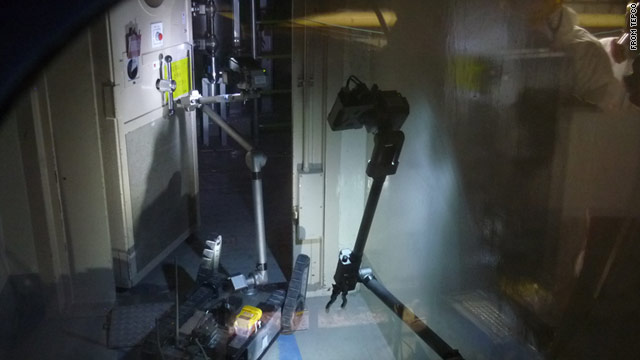
Meet The Navy’s Firefighting Robot -- Defense Tech
This is wild. We’ve been writing a ton about robots and drones lately because, well, it seems that the pace at which they’re becoming a fundamental part of warfare increases with each month.
Whenever we hear about Navy drones we tend to think of underwater robots or things like the Fire Scout chopper. The Navy Research Lab s working on a humanoid shipboard robot that would be sent in to fight fires on ships.
Read more ....










